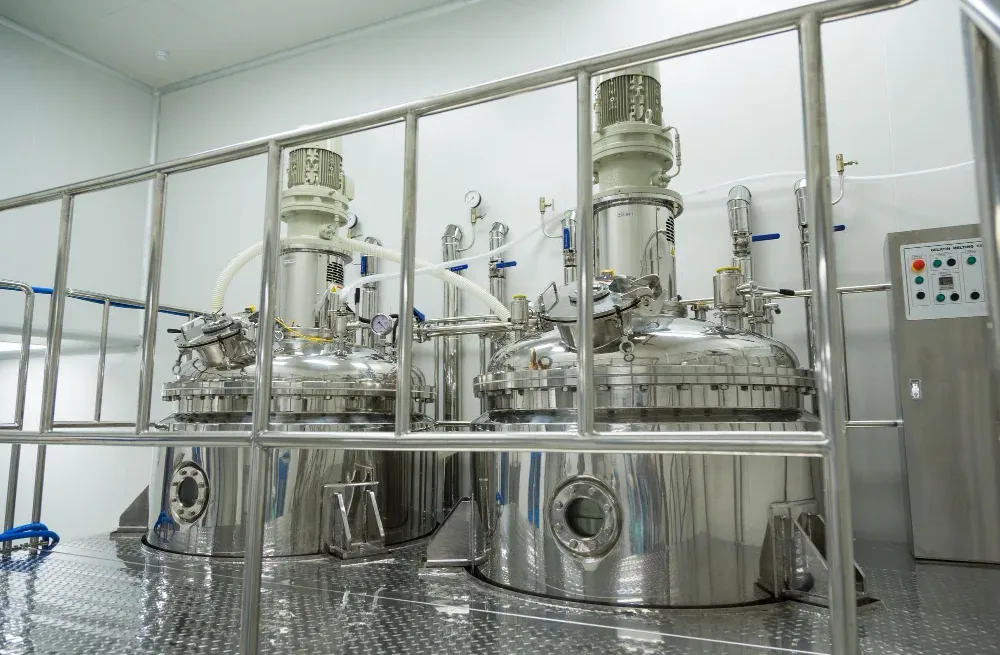Before the water we use can be clean and safe, a water treatment process must first be carried out. One of the stages of this process is flocculation. This is a crucial process in water treatment that helps address polluted water and maintain water quality.
What is Flocculation?
Flocculation is the process by which small particles in a liquid clump together to form larger particles, known as flocs. This can be achieved by adding flocculants, substances that help disrupt particle stability and make them more likely to clump together.
Flocculation is used in various industries, including water treatment, wastewater treatment, and mining.
How Does Flocculation Work?
Flocculation is achieved by adding chemicals called flocculants to water. These flocculants are typically highly charged polymers that can bridge small particles and bind them together.
In the water treatment process, flocculation goes through several stages. Here’s the complete flocculation process.
Stage 1
The first step in the flocculation process is the addition of a coagulant to the solution. Coagulants, such as aluminum sulfate, are chemicals that help small particles clump together to form larger flocs.
Read Also: Understanding Coagulation in Water Treatment Processes
Stage 2
After adding the coagulant, the solution is then mixed or stirred intensively. This ensures even distribution of the coagulant and optimal interaction between the coagulant and the particles to be deposited.
Stage 3
Once the coagulant is thoroughly mixed, the flocculation process begins. During this stage, small particles begin to clump together to form larger flocs. These flocs can be further enlarged with the aid of further flocculation.
Stage 4
After forming sufficiently large flocs, the solution is then thoroughly settled or separated to separate the flocs from the solution. This settling process can use methods such as sedimentation or filtration.
Products for Flocculation
The following are some types of flocculation products that are commonly used.
1. Anionic Polymers
These polymers have a negative charge. They are effective at binding positively charged particles such as metals, oil, and bacteria. They are commonly used to treat drinking water and wastewater.
2. Cationic Polymers
Polymers that have a positive charge. They are more effective at binding negatively charged particles such as organic materials, phosphates, and silica. They can be used to treat industrial wastewater and swimming pool water.
3. Non-Ionic Polymers
Unlike the previous two polymers, non-ionic polymers have no charge. They work through a hydrogen bridge mechanism. These polymers are effective at binding various types of particles regardless of their charge. They can be used to treat water with specific characteristics.
Factors Affecting Flocculation
The following are several factors that can affect the effectiveness of flocculation:
1. Adding Ions
Adding ions can help neutralize the particle charge and make it easier for them to stick together. The type of ion added depends on the type of particle to be removed. For example, adding aluminum sulfate is effective for removing negatively charged particles such as silt and organic matter.
2. Bioflocculant Concentration
The optimal bioflocculant concentration must be determined through trial and error. A concentration that is too low will not be effective in binding particles, while a concentration that is too high can produce flocs that are too large and difficult to separate.
3. Temperature
The optimal temperature for the flocculation process will vary significantly depending on the bioflocculant. It is also possible that natural flocculants require different temperatures to achieve maximum flocculation activity.
In general, temperatures that are too low can slow the flocculation process, while temperatures that are too high can damage the flocs.
4. Initial pH of the Solution
If the solution has a pH that is too low or too high, the particle charge can become neutral, preventing flocculation from occurring.
Other factors that can affect flocculation:
- Stirring time
- Stirring speed gradient
- Coagulant type and dosage
- Presence of pollutants
Flocculation is an important step in water treatment because it helps remove difficult-to-remove suspended solids. This makes the water cleaner and safer to drink.
However, flocculation has several limitations, such as:
- It can be a slow process.
- It may require the use of chemicals.
- It can be difficult to control.
- It can produce large clumps that can clog filters.
Overall, flocculation is an important process that can be used to improve water and wastewater quality. It is a safe and effective process that can be used in a variety of industries.



